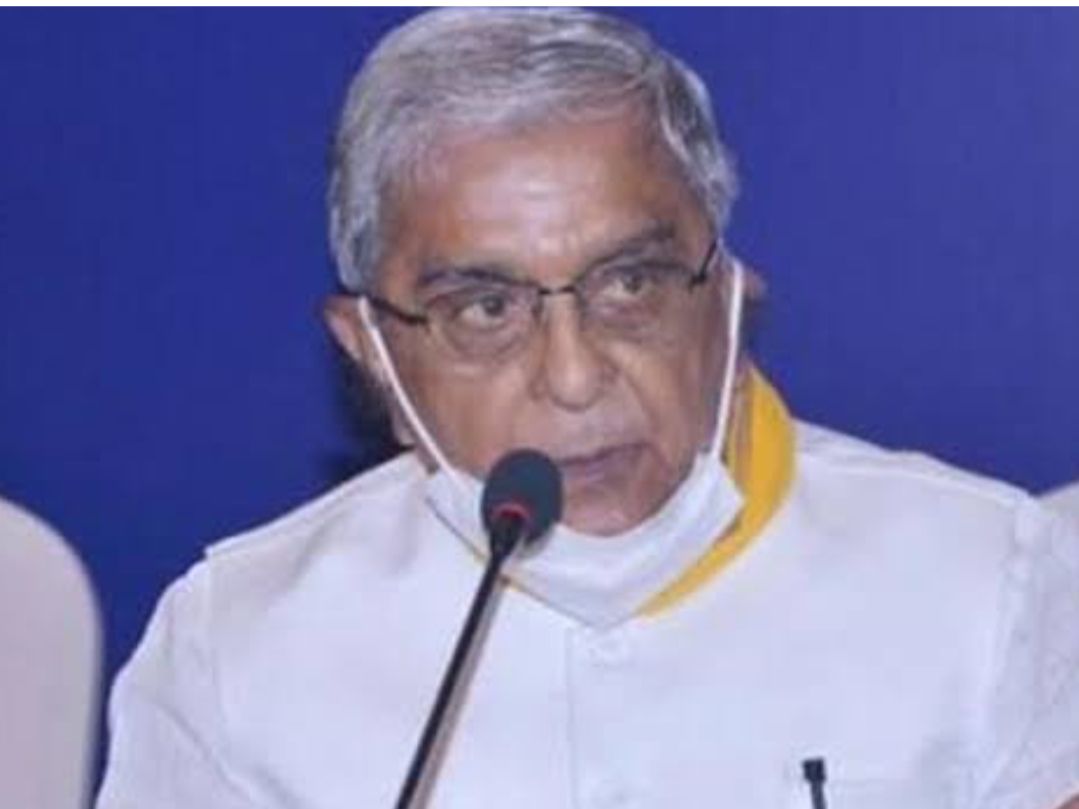Why BJP MP calls to end Places of Worship Act?
BJP MP Harnath Singh Yadav demanded the abolition of the “Places of Worship Act” in a Parliament speech claiming that it is a violation of rights equality and secularism granted by the Constitution on Monday.

As the BJP Rajya Sabha MP Harnath Singh has demanded the repeal of the Places Of Worship Act 1991, Calls for scrapping the Places of Worship Act, and campaigns to ‘reclaim’ Kashi, Mathura grows, claiming that it is a violation of rights equality and secularism granted by the Constitution.
What is the Places of Worship Act?
What is the Places of Worship Act? About: It was enacted to freeze the status of religious places of worship as they existed on August 15, 1947, and prohibits the conversion of any place of worship and ensures the maintenance of their religious character.
- Major Provisions of the Act:
- Prohibition of Conversion (Section 3):
- Prevents the conversion of a place of worship, whether in full or part, from one religious denomination to another or within the same denomination.
- Maintenance of Religious Character (Section 4(1)):
- Ensures that the religious identity of a place of worship remains the same as it was on August 15, 1947.
- Abatement of Pending Cases (Section 4(2)):
- Declares that any ongoing legal proceedings concerning the conversion of a place of worship’s religious character before August 15, 1947, will be terminated, and no new cases can be initiated.
- Exceptions to the Act (Section 5):
- The Act does not apply to ancient and historical monuments, archaeological sites, and remains covered by the Ancient Monuments and Archaeological Sites and Remains Act, 1958.
- It also excludes cases that have already been settled or resolved and disputes that have been resolved by mutual agreement or conversions that occurred before the Act came into effect.
- The Act does not extend to the specific place of worship known as Ram Janmabhoomi-Babri Masjid in Ayodhya, including any legal proceedings associated with it.
- Penalties (Section 6):
- Specifies penalties, including a maximum imprisonment term of three years and fines, for violating the Act.
- Prohibition of Conversion (Section 3):
Why Places of Worship Act challenged
Previously The plea adds that the 1991 Act excluded the birthplace of Lord Rama but included the birthplace of Lord Krishna, though both are considered the incarnation of Lord Vishnu and are equally worshipped among Hindus. It is stated under the plea that the 1991 Act is, therefore, arbitrary and irrational.
Why the Act 1991 was brought
The Places of Worship Bill was brought in as part of a commitment made in the Congress manifesto, as a response to the communal buildup created by L.K. Advani’s Rath Yatra, and the purchase of land by the Kalyan Singh government next to the Babri Masjid.
The objective behind bringing the Places of worship act was to settle the legal dispute between the communities of Hindu and Muslims living in India
The Places of Worship (Special Provisions) Act of 1991 has the following objectives: The law preserves the religious character of the place as it was on 15th August 1947. The law also aims to anticipate any claims on such place on the ground that such place has different past status.
Act not to apply to Ram Janma Bhumi-Babri Masjid . As per the provision of section 5 Nothing contained in this Act shall apply to the place or place of worship commonly known as Ram Janma Bhumi-Babri Masjid situated in Ayodhya in the State of Uttar Pradesh and to any suit, appeal or other proceeding relating to the said place or place of worship. Though the act was used in Ram Mandir dispute .
and The 1991 Act does not apply to ancient and historic buildings, historical sites, archaeological remains and remains covered under the Remains Act 1958, nor to cases where cases have been fully settled.
Why Ram Mandir dispute not fall in the act 1991
Ram Mandir dispute has been kept aside from Places of Worship act 1991. the reason was given here that this matter was in the court even during the British era,that’s why law is not applicable to the Ram Mandir dispute and also in all cases which were in the court for religious monuments before 1947.
